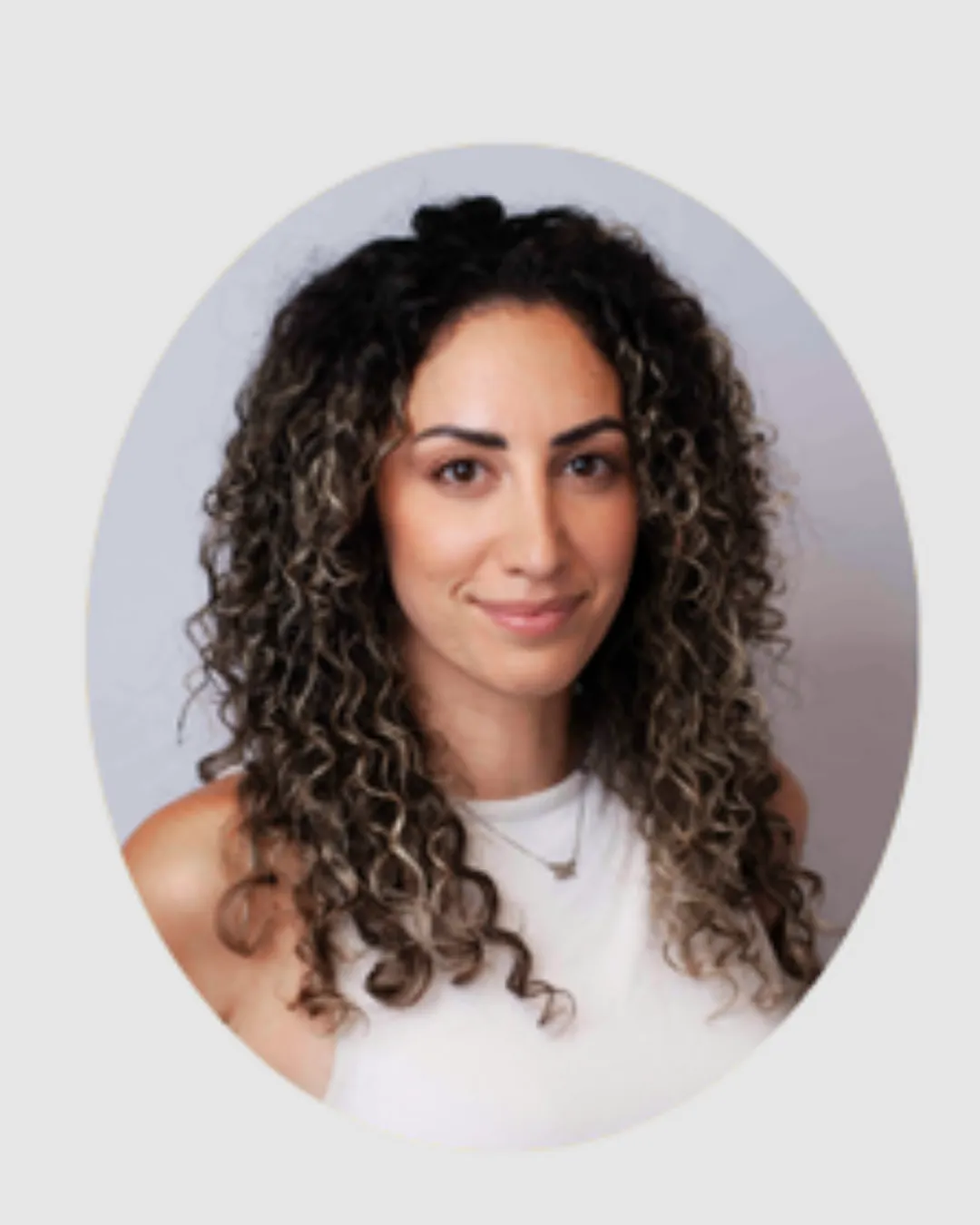
When clarity leads, growth stops feeling chaotic.
Brand Systems that SCALE with You.
Tyche Digital Agency designs identity-led marketing ecosystems for founders who are done guessing and ready to build with clarity, structure, and intention.
This isn’t about louder marketing.
It’s about building a business that finally works with you.
Join hundreds of founders and service providers who’ve turned their vision into a working system with Tyche.

The Tyche Difference
You don’t need MORE strategies.
You NEED ALIGNMENT.
Most founders aren’t lacking talent, discipline, or ambition.
They’re carrying a business that no longer matches who they’re becoming.
Their brand says one thing.
Their messaging says another.
Their systems feel heavy, disjointed, and exhausting to run.
That’s not a motivation problem.
That’s an architecture problem.
At Tyche, we don’t build random assets.
We design aligned ecosystems that support the woman running them.
Clarity that converts.
Every design, headline, and system built with intention- so your audience knows exactly why you’re the one to choose.
Strategy made simple.
We take the overwhelm out of marketing and turn it into a plan that actually makes you money.
Partnership built on progress.
Real collaboration, clear communication, and results you can measure- not just admire.
If you’re here, something already knows it’s TIME.
You’ve outgrown your current systems, offers, or messaging
You’re tired of piecing strategies together
You crave clarity, not more noise
You want your business to feel clean, grounded, and intentional
You’re done carrying the strategic weight alone
You’re not confused.
You’re under-supported.
And that’s exactly where we come in.
From clarity to amplification, without skipping steps.
The Tyche Pathway
Every founder eventually asks the same question,
“What actually makes sense for me next?”
The Tyche Pathway removes the guesswork by meeting you exactly where you are, then guiding you forward with precision.
There are four ways we serve, depending on your season.
Pathway 1: CLARITY
For founders who need direction, alignment, and a business that finally makes sense.
This is where everything starts to click again.
We help you clarify your identity, refine your messaging, and create a clean strategic foundation so you can move forward with confidence instead of second-guessing.
Perfect if you’re overwhelmed, rebuilding, or standing at the edge of your next chapter.
Pathway 2: INTEGRATION
For founders who want consistency, support, and steady momentum.
You’ve gained clarity, but staying grounded and consistent feels hard without support.
This pathway offers ongoing strategic guidance, emotional grounding, and a community that helps you integrate what you know into how you operate.
You don’t have to do business alone anymore.
Pathway 3: AMPLIFICATION
For founders whose vision has outgrown their current systems.
You’re no longer guessing, but your infrastructure can’t keep up.
This is where we refine, rebuild, or expand your brand, funnels, messaging, and systems so your business operates at the level you’ve stepped into.
Execution with intention.
Architecture that converts.
Pathway 4:
LEADERSHIP PARTNERSHIP
For founders scaling fast who want strategic leadership, not more contractors.
At this level, you don’t need tactics.
You need a partner who can oversee the entire marketing ecosystem with clarity and precision.
This pathway is for founders ready for CEO-level support and long-term stability.
Why Tyche is different
Most agencies focus on deliverables.
We focus on the woman who has to run the system once it’s built.
We blend psychology, user behavior, identity-led strategy, and conversion architecture to create ecosystems that feel intuitive, sustainable, and scalable.
No Chaos.
No filler.
No disconnected tactics.
Just clarity, precision, and systems that support your growth.
TESTIMONIALS
Results That Speak for Themselves
"Tyche rebuilt our entire digital system and within two months, we saw more leads from our website than we had all year.”
“Tyche has been invaluable and I attribute my entire business's rebirth to them. I'm confident my business would have slowly died without their expertise, guidance, and collaboration.”
“Working with Tyche, especially Veronica, has been so pivotal in our businesses growth and continued success in expanding and standing out in our field.”

Jackie
Angel Baby Moxi
⭐⭐⭐⭐⭐

Davina
A Steady Space
⭐⭐⭐⭐⭐

Christina
Clear Mind Counseling
⭐⭐⭐⭐⭐
TESTIMONIALS
SOME KIND WORDS FROM AMAZING CLIENTS
"Tyche rebuilt our entire digital system and within two months, we saw more leads from our website than we had all year.”

Jackie
Travel Agent
⭐⭐⭐⭐⭐
“Tyche has been invaluable and I attribute my entire business's rebirth to them. I'm confident my business would have slowly died without their expertise, guidance, and collaboration.”

Davina
Founder of A Steady Space
⭐⭐⭐⭐⭐
“Working with Tyche, especially Veronica, has been so pivotal in our businesses growth and continued success in expanding and standing out in our field.”

Christina
Founder of Clear Mind Counseling
⭐⭐⭐⭐⭐
Get the clarity your business has been missing.
Turn your BRAND into a
PROFIT-DRIVEN ECOSYSTEM!
The Profit ENGINE Blueprint

USUALLY $97... yours FREE!
They need a system built to convert.
Inside The Profit Engine Blueprint, you’ll learn the five core systems that turn visibility into sales, clients into loyalty, and chaos into calm.
This is the roadmap every growing business wishes they had sooner.
Most founders don’t need more marketing.
Identify what’s blocking your growth.
Understand the five systems every scalable brand needs
Discover the foundation of a high-converting digital presence.
Get a clear path forward.


Your next chapter deserves clarity.
You didn’t land here by accident.
Something in you knows your business is ready for its next evolution.
Explore the path that matches where you are today, and let’s build what comes next with intention.
